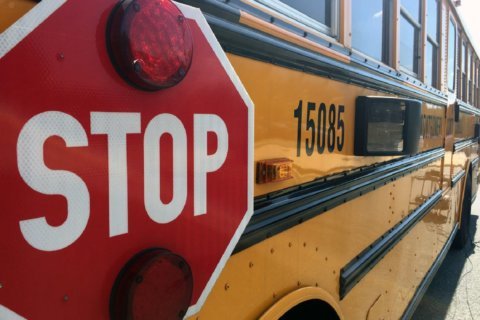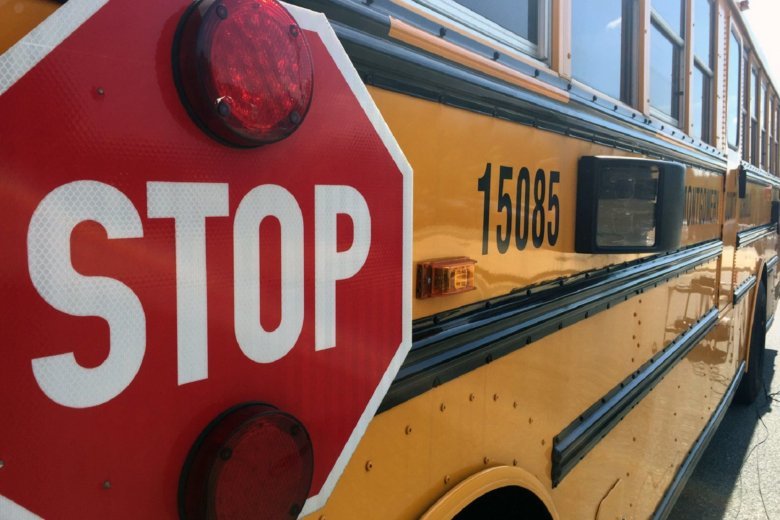
Parents, students and teachers in Maryland’s largest school system are concerned a return to in-person teaching would put students and staff at risk of contracting the coronavirus, even if schools in Montgomery County follow guidelines for the Centers for Disease Control and Prevention.
They submitted testimony ahead of Tuesday’s Montgomery County Board of Education meeting.
The Montgomery County Board of Education released its draft plan for the 2020-2021 school year online this weekend, providing for “blended learning” schedules with teachers in the building four out of five days and students on rotation in small groups. It also includes an all-online plan.
Among those opposed was teacher Christina Vivian, who explained that even under the proposal for “blended” learning, teachers would risk exposure to a large number of students by being the classroom four days a week.
Vivian also expressed concern about the restricted bus service. Buses would carry just 12 students per bus, and the school system is asking those who can arrange alternate transportation to do so.
“By not busing the entirety of the population, you put many students at a disadvantage,” Vivian wrote in her testimony.
Transportation restrictions were on the mind of Jane Lehrman, a cluster coordinator with the Poolesville High School parent, teacher and student association.
Lehrman explained that as a magnet school, Poolesville High School, in upper Montgomery County, has a large number of students who depend on bus service.
“Many, if not most of us, do not have the luxury of driving our children to school, especially those that live many miles from a choice program,” she said, referring to the magnet program at Poolesville.
Dylan Haden will be in the sixth grade at Rocky Hill Middle School in Clarksburg this coming year. In a video testimony, he explained why he doesn’t think students should return to the classroom: “The reason I am against going back to school at this time is because I believe bringing students back to school before a good number of COVID-19 cases are resolved will put us at risk.”
But Kevin Dougherty, a parent of two elementary-aged school children, thinks it’s safe for young children to go back to school and for many, distance-learning is difficult to impossible.
“Many of these students to not have the same social media networks, or technology available to them to engage in the type of digital socialization that we have as adults,” Dougherty said.
Marjorie Cohen, a teacher at Sligo Middle School in Silver Spring, said in-person learning would put teachers and students at risk.
Cohen misses those in-person moments when a child’s face lights up as the child masters a new concept.
“I know this coming school year will be different, but I know that I can see those faces, and make those breakthroughs with distance learning,” she said.
Lynne Harris, who teaches for a career education program at the Thomas Edison High School of Technology, said there’s no substitute for in-person learning.
“Students can’t rebuild a transmission virtually, they can’t build a house virtually,” Harris said.
But Orchid Dargahi, a Spanish teacher at Sligo Middle School said Montgomery County Public Schools should “go all-in” on distance learning.
She asked the school board to consider what effective education looks like.
“I can tell you right now, that it does not look like 12 students on a bus, staggered arrival times, temperature checks or social distancing inside of a building,” Dargahi said.
Schools across Maryland are working to finalize their plans before the state deadline of Aug. 14, when all school systems will have to have their plans posted publicly online.
In neighboring Prince George’s County, a virtual “tele-town hall” is planned for Tuesday night.









